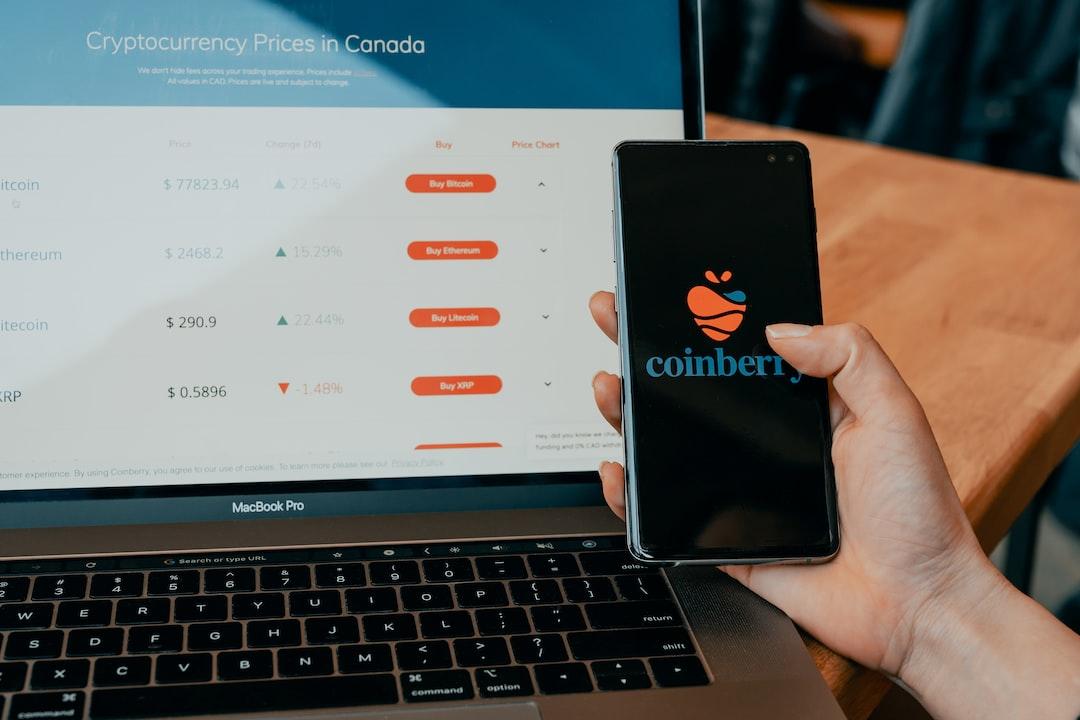Article by Ansem, translated by Felix for PANews.
We have been discussing Memecoins, “snipers,” and whales for some time now, so I wanted to provide some background information.
When it comes to clone coins launched directly on DEX without venture capital support, there are three key elements:
1. Development team
2. “Snipers”
3. Whales (to be determined)
The level of interweaving and repetition of these three elements varies depending on the token, but they need to be well integrated to ensure the token’s long-term health.
Development Team:
The decentralization and organization of each development team differ. On pump.fun, for example, there is actually only one person on the development team, along with a photo and a headline. On the other hand, teams like BONK are highly organized and have some of the smartest active traders on Solana. Both types of teams can perform well, but for a project to achieve long-term success, it also relies on the other two factors (snipers and whales).
Organized development teams have the advantage of usually setting aside budgets for marketing and future development, making these tokens more “practical” than memes from pump.fun. bonkbot is a great example of this, as decentralized memes do not have such products because they lack financial support. Another example is MEW, which can airdrop a large supply to all BONK and WIF holders. These teams also often have easy access to market makers and can easily list on exchanges.
On the other hand, completely decentralized teams usually start with low market caps because they lack funding from various sources. These teams often excel in forming passionate communities early on because the cost for early adopters is extremely low, and the supply of all tokens is distributed widely. The best examples are WIF and MICHI, which have very active communities and initially had low market caps upon release. The risk with these tokens is that, in general, they are more likely to fail early on because all the “snipers” want to exit quickly, and there are no whale players or teams interested in the project’s long-term development.
“Snipers”:
For “snipers,” they typically don’t care about the project itself; they just want to be the first ones to buy in and, if there is enough liquidity to exit, they will immediately sell. Many projects without organized teams fail because if they snipe a large number of tokens at launch, they will sell, causing the token price to crash.
A good example of this is ETHWIF derivatives launched a few months ago, where many wallets bought the token immediately after release and sold with six-figure gains or losses a few hours later.
90% of projects launched on DEX will not exceed a market cap of $5 million. The reason is that most development teams are anonymous and very skilled at making quick profits. This is also why the narrative for CTO (community takeover) is so popular because developers often sell off instantly.
Whales:
Every project, from zero to billions of dollars in market cap, will need whales at some point to boost the price. This usually happens with Memecoins, where the community forms early on, and once the meme gains attention and goes viral, the market cap exceeds $100 million. Once the market cap “stabilizes” or surpasses $100 million, larger whales enter because there is enough liquidity to establish large positions. Additionally, early holders of these Memecoins must be diamond hands as they cannot sell if they hold such early positions and become whales. These passionate holders in the community are crucial for the project and everything else.
Conclusion:
Every token has a team with varying levels of organization, and every token has the involvement of “snipers” and whales. Whether the participants are the same for projects with market caps exceeding billions, the clever combination of these different elements is essential.
Original article link:

